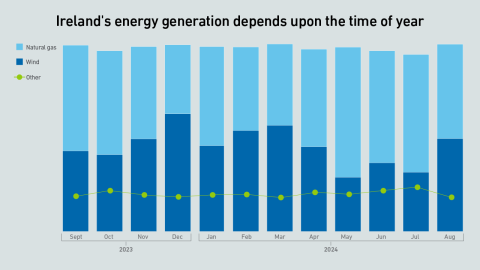Data center operating and capital costs have been rising strongly in recent years - and will almost certainly continue to do so. Sooner or later, those in the IT supply chain will need to deliver their backers a return on investment.
filters
Explore All Topics
To meet the demand driven by AI workloads, a new breed of cloud provider has emerged, delivering inexpensive GPU infrastructure as a service. Their services are highly demanded today, but longer-term, the market is ripe for consolidation.
Cybersecurity strategies often evolve organically: tools are added, requirements change, and the result is a lack of coherent structure. Cybersecurity professionals can benefit from adopting frameworks to organize these activities
Powerful solar storms have already brought warnings of disruption to electricity grids and their customers twice in 2024 - and the Sun's activity has yet to peak. Why do data centers and power utilities appear to have escaped unscathed?
Raising supply air temperature is drawing interest from data center providers and regulators in some countries. While saving energy, it may also reduce resiliency. This report quantifies energy impacts to clarify when it can be beneficial.
Many speculate that AI and automation might replace humans in data center jobs but there is little evidence to support this line of thought. The data center industry has characteristics that researchers believe may protect against worker displacement
While GPUs are the power-hungry devices that enable effective AI training, it is innovations in software that are fueling the recent surge in interest and investment. This report explains how neural networks power generative AI.
Historically, data center waste heat recovery has been promoted with a focus on the benefits for the heat off-taker. And yet, the overall winner in most situations is the data center operator - even if they are not paid for heat.
Data center operators building new systems can choose from nine categories of cooling technology. Innovative cooling equipment has minimized energy and water use and the average PUE for air-cooled and water-cooled systems.
Although quantum computing promises a revolution in scientific discovery, its use is still constrained to research and continuing development. However, a new IBM quantum data center in Germany signals a growing interest in its capabilities.
Schneider Electric's acquisition of Motivair Corporation aims to fill product gaps and meet future demand - which will be good for customers if it helps to reduce industry fragmentation
The Netherlands is now enforcing the energy saving obligation, suggesting they will also enforce EED energy management system and audit requirements. Data center operators need to establish a plan to optimize their energy performance.
Uptime Institute's 2024 IT and Power Efficiency Survey (n=941) focuses on strategies for managing data center IT equipment inventories, gathering data for accuracy and completeness, and the collection of storage and server information.The attached…
The UK has become the latest nation to classify data centers as part of the critical national infrastructure. But for data center operators, is this a welcome move?
Some operators are using natural gas for on-site power where the local grid is constrained. This will increase their emissions - but gas is essential in the transition to renewable energy and operators' use of it is best seen in this light.
 Andy Lawrence
Andy Lawrence
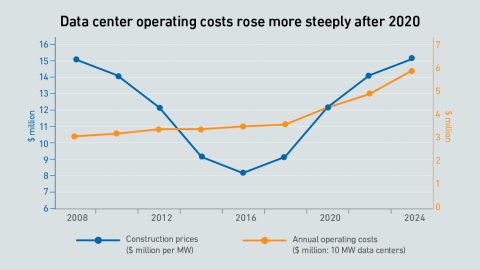
 Dr. Owen Rogers
Dr. Owen Rogers
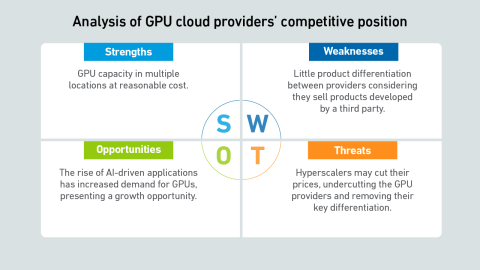
 Michael O'Neil
Michael O'Neil
 Antonio Ramos
Antonio Ramos
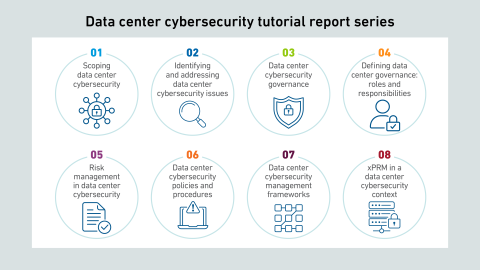
 Jacqueline Davis
Jacqueline Davis
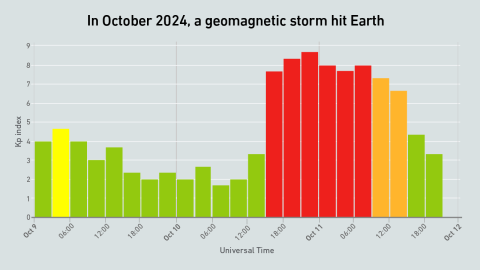
 Dr. Tomas Rahkonen
Dr. Tomas Rahkonen
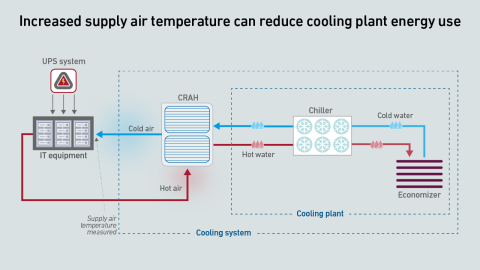
 Rose Weinschenk
Rose Weinschenk
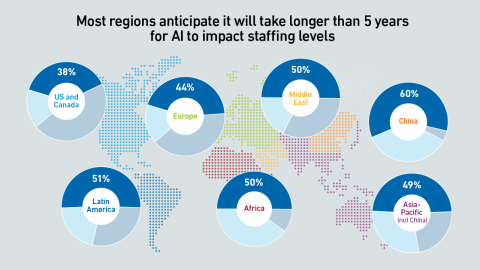
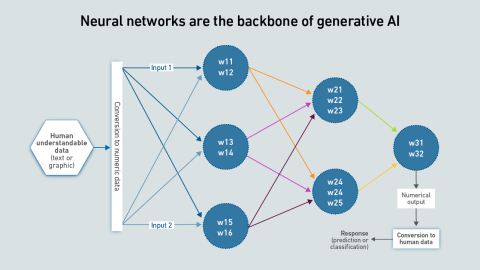
 Max Smolaks
Max Smolaks

 Jay Dietrich
Jay Dietrich
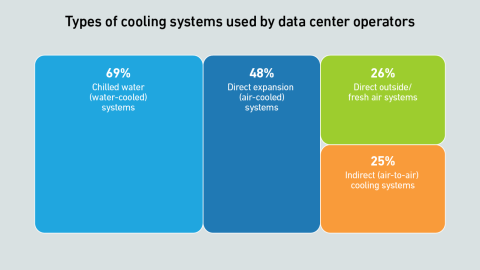

 Daniel Bizo
Daniel Bizo
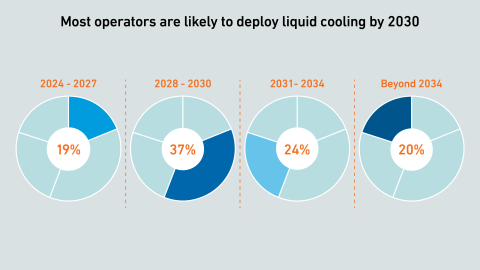
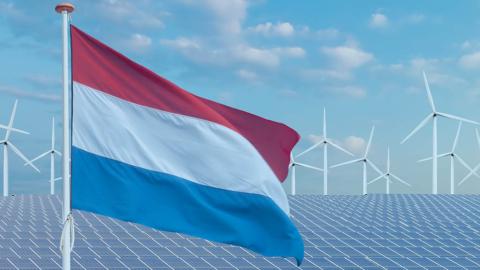
 Anthony Sbarra
Anthony Sbarra
 Laurie Williams
Laurie Williams
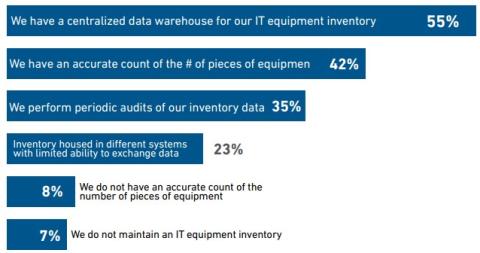
 Peter Judge
Peter Judge

